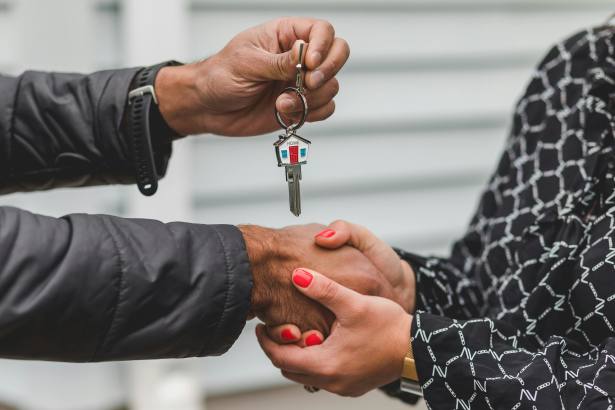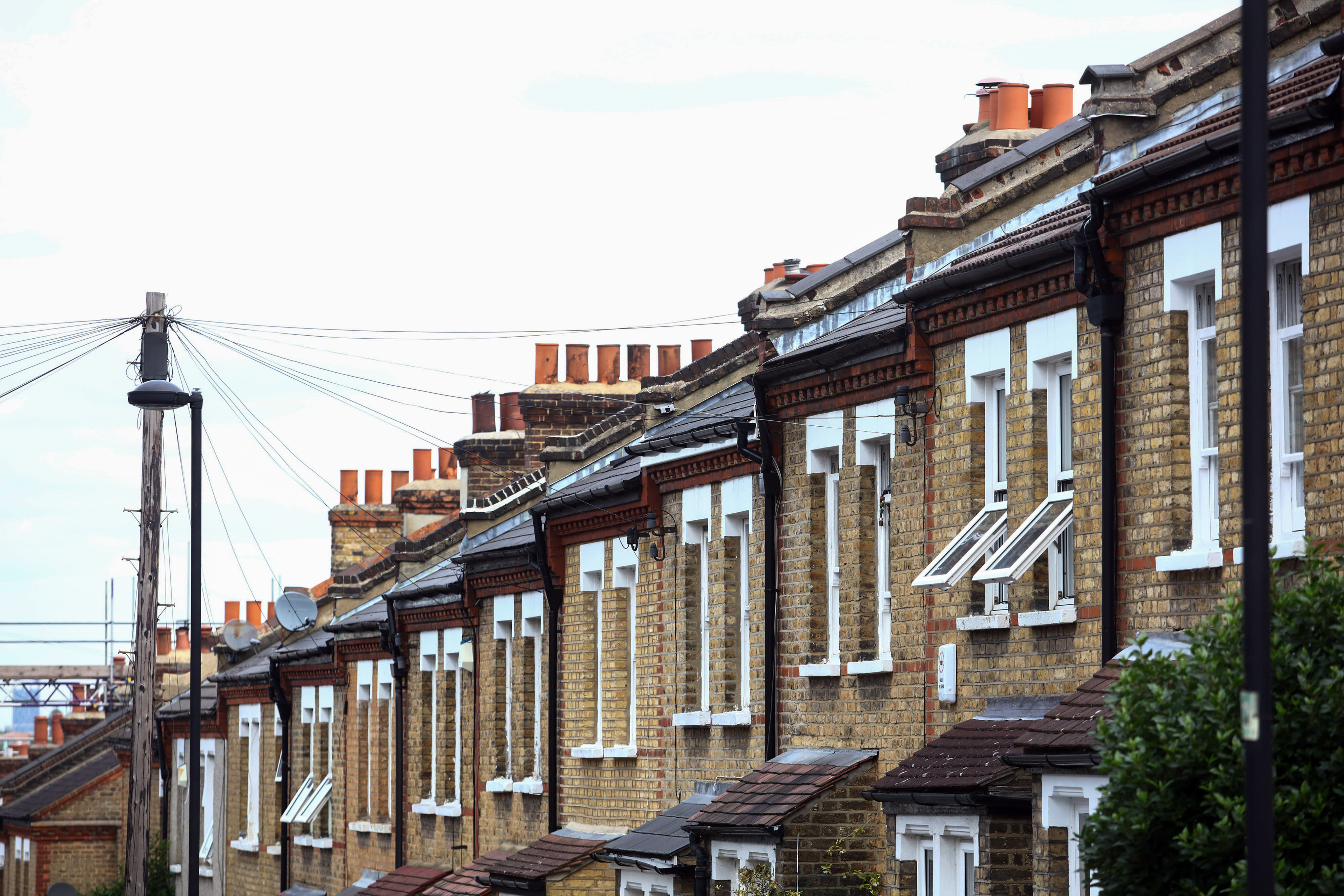
After a hard-pressed year as buyers sought to reap the benefits of the original stamp duty holiday, we now find ourselves past the halfway mark for the tapered tax break.
Buyers can save a maximum of £2,500 on stamp duty until September 30, after which the nil rate band will return to £125,000.
The current tax break is considerably smaller than the previous holiday, when buyers could save up to £15,000.
Yet business is still busy, according to some brokers. Aaron Strutt, product and communications director at Trinity Financial, says that while the market is quieter, many clients are still finding properties they want to purchase.
Adam Wells, director and mortgage and protection adviser at Lloyd Wells Mortgages, agrees: “We were worried that there was going to be a big drop off once the [June] deadline passed, but that hasn’t been the case.
“We’ve found that a lot of clients who were either priced out, or couldn’t move fast enough have now had offers accepted on properties.
“There does seem to be a number of people who removed themselves from the circus that was the property market who are now ready to start the house buying process.”
Annual house price growth in July remained in double digits, according to Nationwide’s house price index, but slowed to 10.5 per cent, compared to the 17-year high of 13.4 per cent of the previous month.
For some first-time buyers, the current stamp duty holiday is inconsequential. Buyers who purchase their first property for £500,000 or less pay no stamp duty up to £300,000, and 5 per cent on the amount between £300,001 and £500,000.
Andrew Brown, managing director at Bennison Brown, says first-time buyer transactions remain buoyant, and expects these transactions to overtake home-movers again in the second half of this year.
Meanwhile, the number of home-movers, buy-to-let investors and second-home purchases has dropped, particularly at the higher end of the market, says Brown.
Savings dwarfed by other costs
Angus Stewart, chief executive of buy-to-let broker Property Master, likens the £250,000 nil rate band to a red herring.
“For most landlords, given that they pay a 3 per cent additional tax on buy-to-let property, the stamp duty holiday ending in September at a maximum value of £250,000 is a bit of a red herring.
“The increase in house prices, some of which can be attributed to the tax break, has to some extent cancelled out any gains there.”
Nationwide’s chief economist, Robert Gardner, says savings from the stamp duty holiday were “dwarfed” by the impact of recent house price gains.
“For example, the price of the typical UK property increased by around £24,500 between July 2020 [and] the end of June this year, whereas the stamp duty saving on that property for a home-mover (in England) was circa £1,900,” says Gardner.
“For a £500,000 property that saw the same average increase as the typical property over the same period, the comparable house price increase was circa £57,000 against a stamp duty saving of £15,000."





